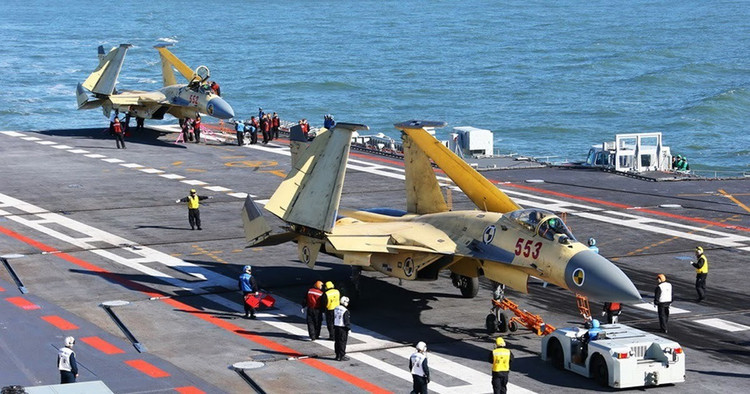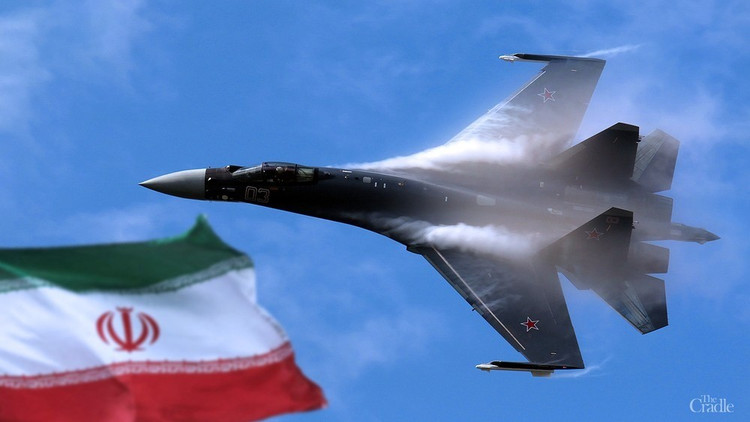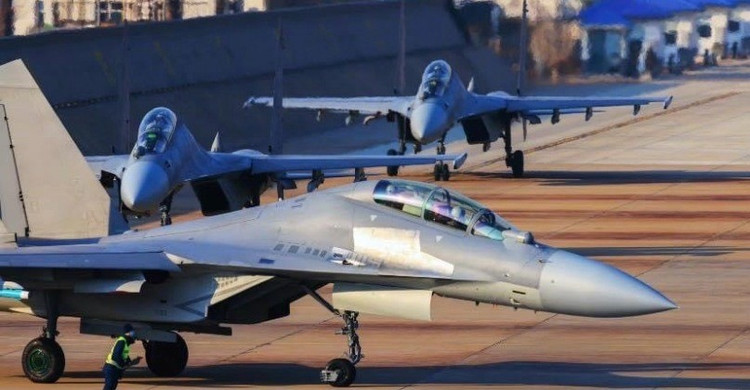













Military Watch
Original article link Copy link
https://militarywatchmagazine.com/article/perfect-fighter-for-iran-chinese-j-16-ideal Source: https://khoahocdoisong.vn/j-16-se-giup-iran-chan-dung-uu-the-cua-my-israel-post1555772.html
 Báo Khoa học và Đời sống•20/07/2025
Báo Khoa học và Đời sống•20/07/2025













Source: https://khoahocdoisong.vn/j-16-se-giup-iran-chan-dung-uu-the-cua-my-israel-post1555772.html










Comment (0)